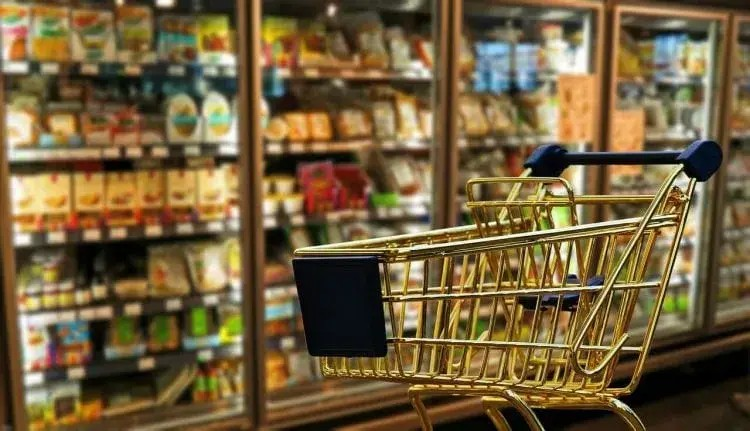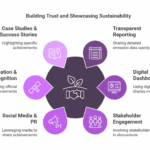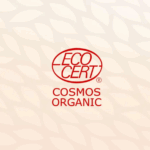
Wrapping Up Sustainability: How Retailers Are Redefining Packaging Practices
India’s staggering plastic consumption has led to a pressing environmental crisis, with packaging materials contributing significantly to the plastic waste burden. A recent study unveils that India recycles just 8 percent of its plastic waste. If current trends persist, the recycling capacity is projected to increase only slightly to 11 percent by 2035. This is concerning, given the anticipated rise in India’s plastic usage to 70.5 million tonnes (MT) by 2035, a stark increase from the current production level of 24.1 MT. This rampant plastic pollution has dire consequences for our environment and biodiversity, necessitating urgent action towards sustainable packaging solutions.
The Plastic Predicament
Post-consumer packaging waste often ends up polluting landfills, water bodies, and ecosystems, posing threats to both human health and wildlife. Plastic packaging, especially when not properly disposed of, persists in the environment for centuries, releasing harmful chemicals and contributing to soil, water, and air pollution.
Plastic’s Impact on Land and Water
Studies highlight that a significant portion of discarded plastic ends up in soil and freshwater, creating microplastic pollution that disrupts ecosystems and harms soil fauna. Plastic litter, including single-use items like coffee cups, bottles, and grocery bags, not only mars landscapes but also poses lethal risks to marine life and birds, leading to entanglement, ingestion, and habitat destruction.
The Ocean’s Plight
Marine ecosystems suffer immensely from plastic pollution, with reports of sea birds, turtles, whales, and fish succumbing to plastic ingestion and entanglement. Ocean Conservancy’s findings reveal alarming statistics, indicating widespread plastic contamination across marine species, endangering their survival and ecological balance.
The Role of Retailers
Retailers wield considerable influence in the adoption of sustainable packaging practices, particularly in the context of fresh produce. Their motivations span multiple factors that underpin the transition towards eco-friendly packaging alternatives. As consumer preferences shift towards eco-conscious choices, retailers play a crucial role in meeting these demands while fostering sustainability across the supply chain.
By championing eco-friendly packaging solutions, retailers not only contribute to mitigating plastic pollution but also align with evolving consumer values, paving the way for a greener and more sustainable future. Here are some strategies to consider:
- Innovative Alternatives to Conventional Packaging : In the absence of stringent regulations on packaging, stakeholders across the fresh produce supply chain are exploring innovative alternatives to traditional packaging methods. From growers to retailers, a range of sustainable packaging solutions is gaining traction, offering promising avenues for reducing plastic waste.
- Compostable and Biodegradable Materials : One of the forefront alternatives is the use of compostable or biodegradable packaging materials. These materials, including paper, cellulose, and biodegradable plastics, offer environmentally friendly options that break down naturally, reducing environmental impact.
- Embracing Reusability : Another approach gaining popularity is the promotion of reusable containers. Customers can opt to bring their own containers or purchase reusable ones made of glass, metal, or cloth, minimizing single-use packaging waste.
- Paper or Cloth Bags : Simple yet effective, paper or cloth bags serve as eco-friendly alternatives to plastic bags when purchasing fruits and vegetables. These bags are biodegradable and can be reused multiple times, further reducing waste.
A Call to Action: Nurturing Earth, One Wrapper at a Time
As we stand at the crossroads of sustainability, let’s make every wrapper count. By embracing sustainable packaging practices, from retailers to consumers, we nurture not just produce but our planet. Together, let’s turn packaging into a force for good, a symbol of care, and a legacy of stewardship for generations to come.
What is Untrash?
If reading this article on different raw materials that can be explored to create your next fashion brand has made you interested in understanding more about it, that means you care about Sustainability as a business. Untrash enables new-age brands to accurately measure, manage, and highlight the environmental footprint of their organization & products, providing a clear and authentic story of sustainability to consumers and stakeholders with transparency. Book a demo here to learn more about Untrash.


